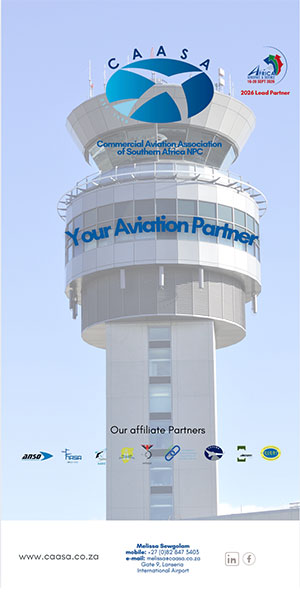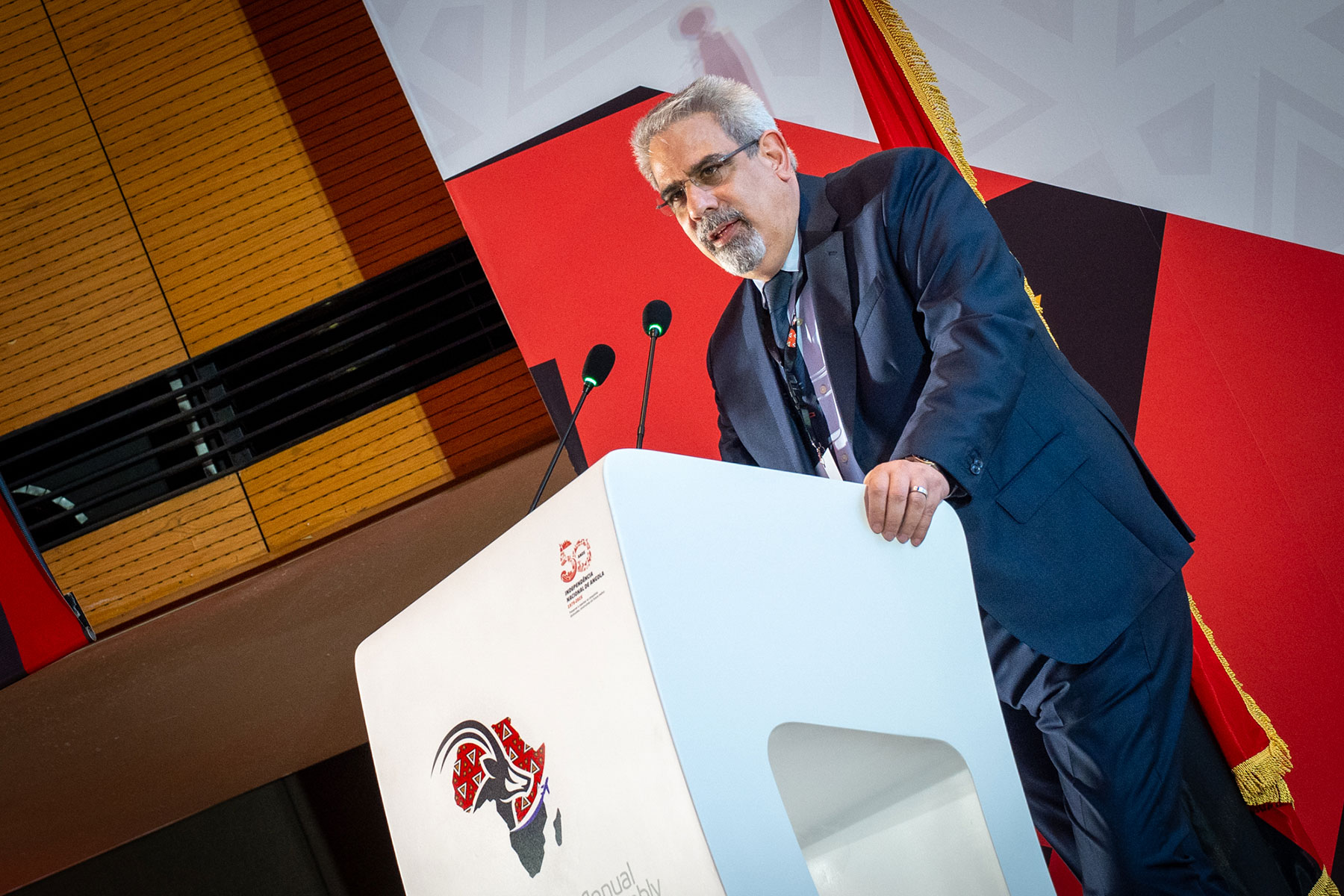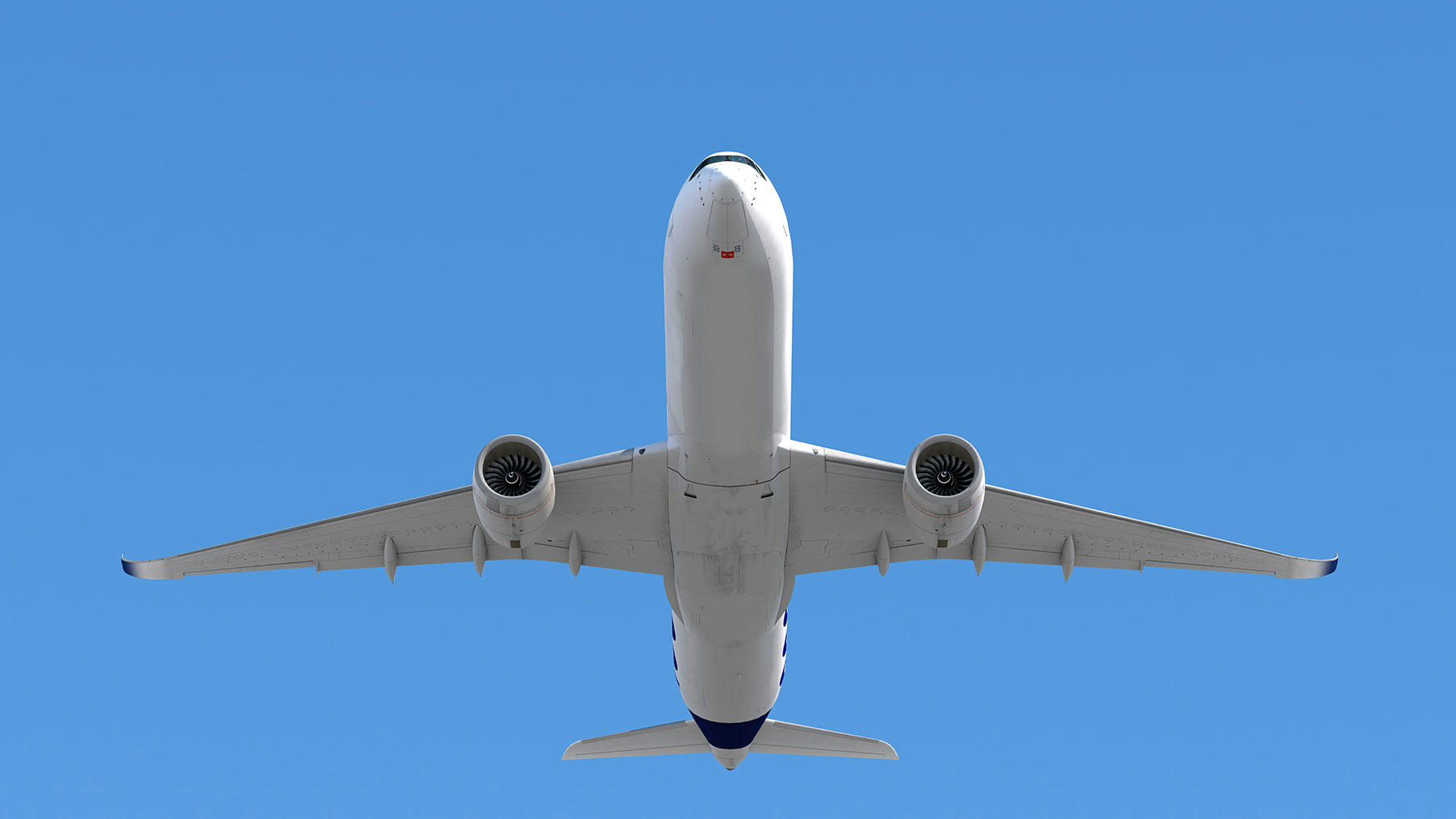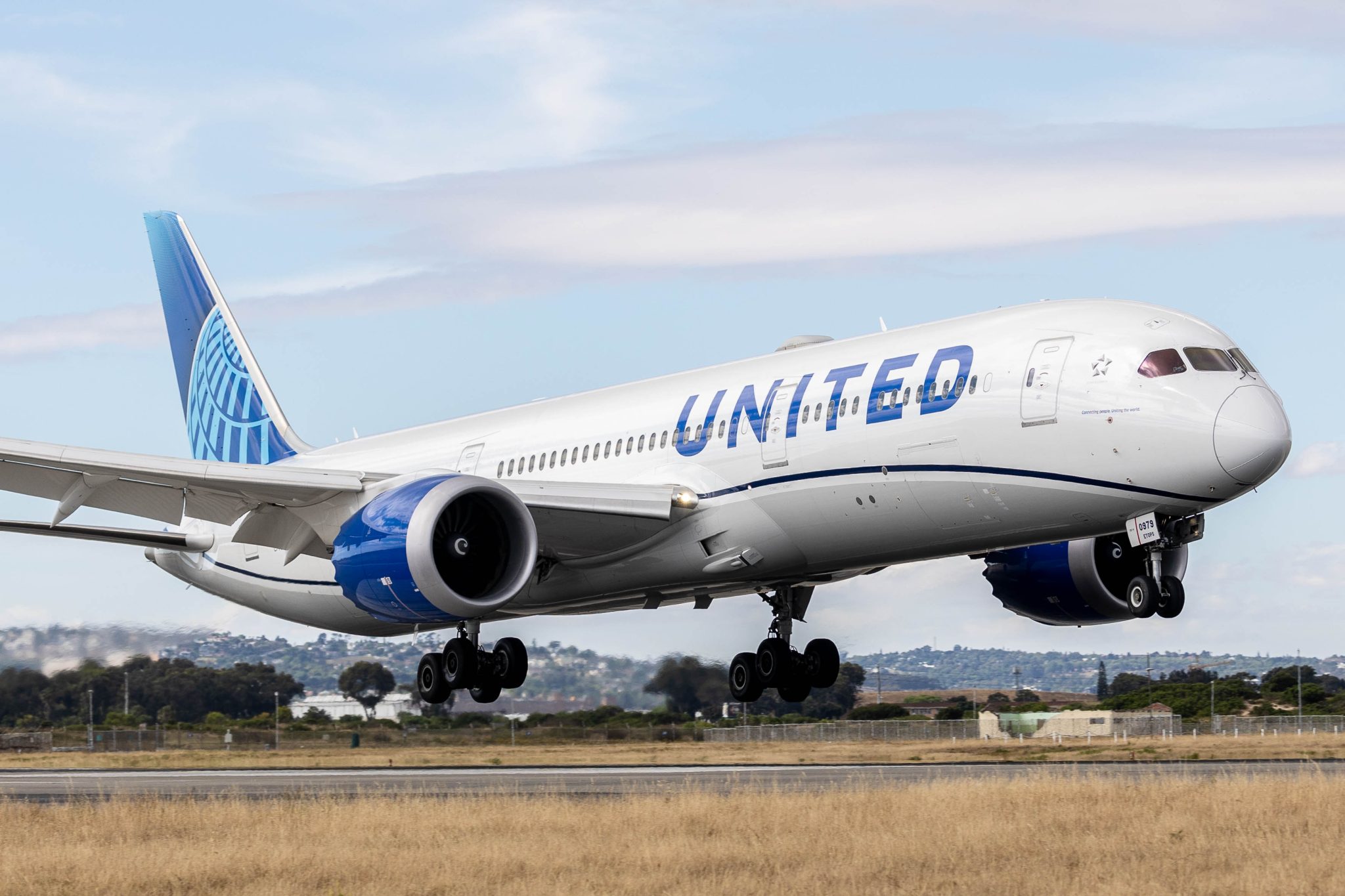During an aviation panel discussion at the Land-Linked Zambia Conference & Exhibition 2025, it was revealed that Zambia is positioning itself as a key aviation hub to boost trade, tourism, and regional connectivity.
Recent developments in the country’s aviation sector include major airport upgrades, enhanced security and safety measures, and ongoing efforts to address critical challenges such as high taxes, steep airport fees, and the high cost of jet fuel. Additionally, regulatory reforms are underway to create a more liberal and competitive aviation market.
The Zambian government has invested over US$1 billion to upgrade its three international airports, in Lusaka, Ndola, and Livingstone, according to Mervin Lumai, Project Manager at Bridges to Prosperity.
Lumai noted that with Zambia positioning itself as a regional hub for trade, tourism, and logistics, the relaunch of Zambia Airways, along with the growth of private airlines such as ProFlight, signals that the country is moving in the right direction.
Infrastructure is critical, but equally important is the development of a clear aviation strategy, sound policy, and smart partnerships between the government and the private sector, he said.
Priscilla Billi, Assistant Director of Aviation at the Ministry of Transport and Logistics, emphasised that the Zambian government recognises the critical role aviation plays in enhancing socio-economic development. She highlighted aviation’s contribution to boosting trade, tourism, international business, and job creation. Given Zambia’s advantageous geographic location, she said the country has the potential to become a leading aviation hub in the region.
Vincent Banda, Director of Ground Handling, Cargo, and Catering at ProFlight Zambia, added that with the African Union promoting the Single African Air Transport Market (SAATM), it is imperative for Zambia to begin seeing itself as an aviation hub.
William Mfune, Acting Director of Air Navigation Safety at the Civil Aviation Authority of Zambia, stressed that for Zambia to attain hub status, it must meet international safety and security standards.
Billi further explained that the US$360 million upgrade and rehabilitation of Kenneth Kaunda International Airport aims to bring the facility up to international standards. These improvements are expected to increase passenger traffic and boost tourism, with projections of 2.2 million arrivals in 2024.
Lumai stated that Zambia has made significant progress over the past decade in becoming a regional aviation hub, primarily through infrastructure development. He noted that the upgraded Kenneth Kaunda International Airport now has the capacity to handle over 4 million passengers annually.
He also highlighted the construction of the new Simon Mwansa Kapwepwe International Airport in Ndola, which will enhance connectivity between Zambia’s Copperbelt mining region, the Democratic Republic of Congo, and the broader SADC region.
Mfune revealed government plans to upgrade several provincial airports, including those at Kasaba Bay, Mansa, Kasama, Chipata, Mongu and Mfuwe, as well as construct a new greenfield airport in Choma.
However, Banda pointed out that for Zambia to truly become a regional aviation hub, several challenges must be addressed. These include improving competitiveness and promoting local airlines. He argued that the Zambia Airports Company must not compete with airlines in cargo handling, arguing that airlines should be allowed to handle their own cargo. The airport company should focus on managing airports, not running cargo operations, Banda said.
He also cited the high cost of ground handling and airport taxes as key challenges, noting that these factors contribute to high ticket prices. When airlines handle their own cargo, they reduce operational costs and become more sustainable, he explained.
Billi noted that jet fuel and airport charges are the two biggest cost drivers in the aviation sector. However, she said the government has implemented a new jet fuel pricing model, reducing the cost from US$1.40 to US$1.10 per litre. On airport charges, she said Zambia has moved to a per-day rather than per-hour billing system, which may reduce costs for airlines.
To diversify revenue sources, Billi said the Zambia Airports Company is now exploring non-aeronautical revenue streams, such as investing in hotels and other commercial activities.
Mfune said that the Civil Aviation Authority has now been granted the mandate to develop economic regulations for the sector. This will include harmonising airport charges and aviation-related taxes. He said the government is working on policy changes aimed at ensuring fair treatment of both new and existing players in the aviation industry.
Zambia has made tremendous improvements in aviation safety and security, as reflected in its International Civil Aviation Organisation (ICAO) audit score of over 70%, according to Mfune. The establishment of Zambia Airways as the national airline is also contributing to the country’s growing aviation safety standards, he said.














